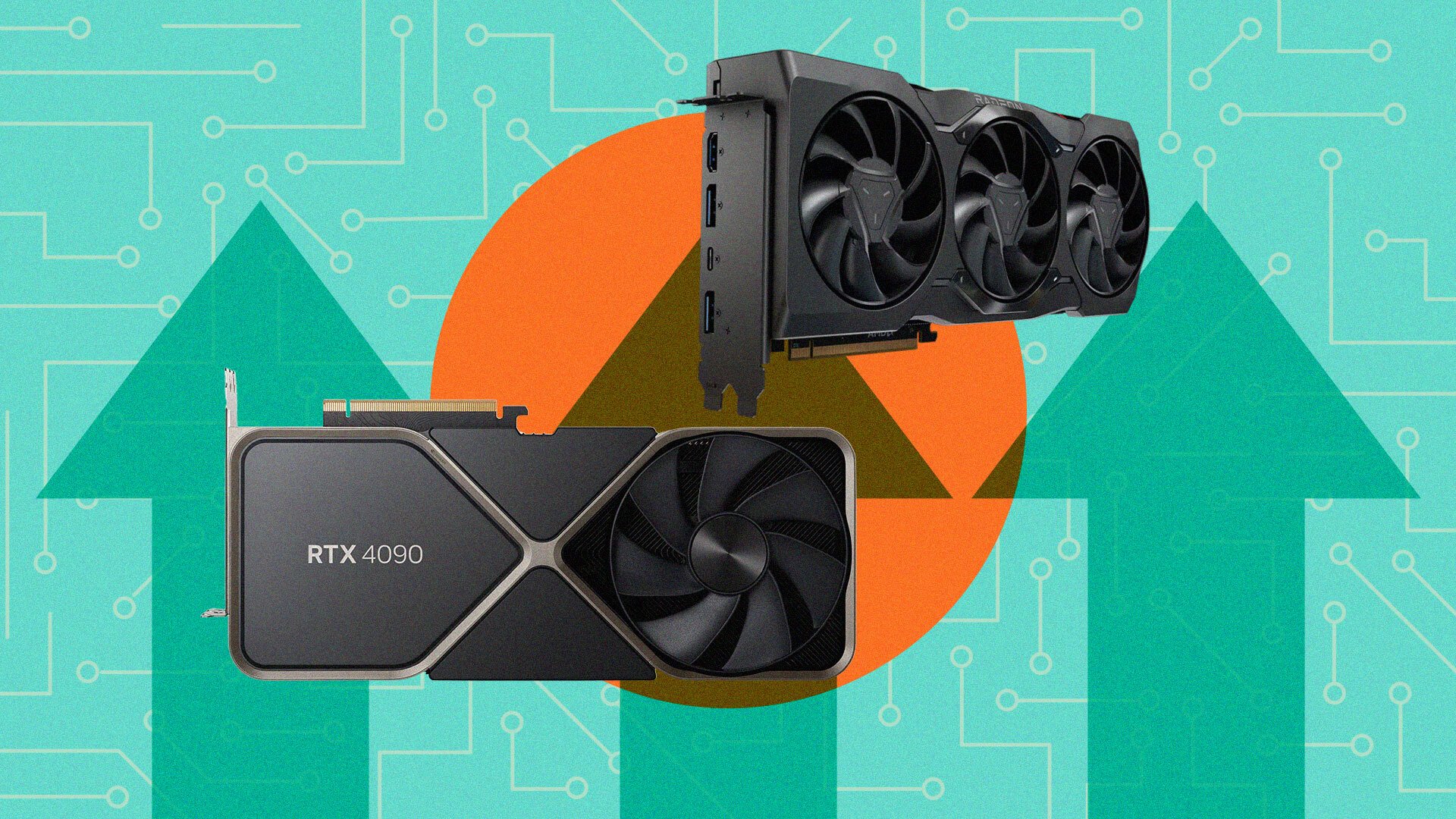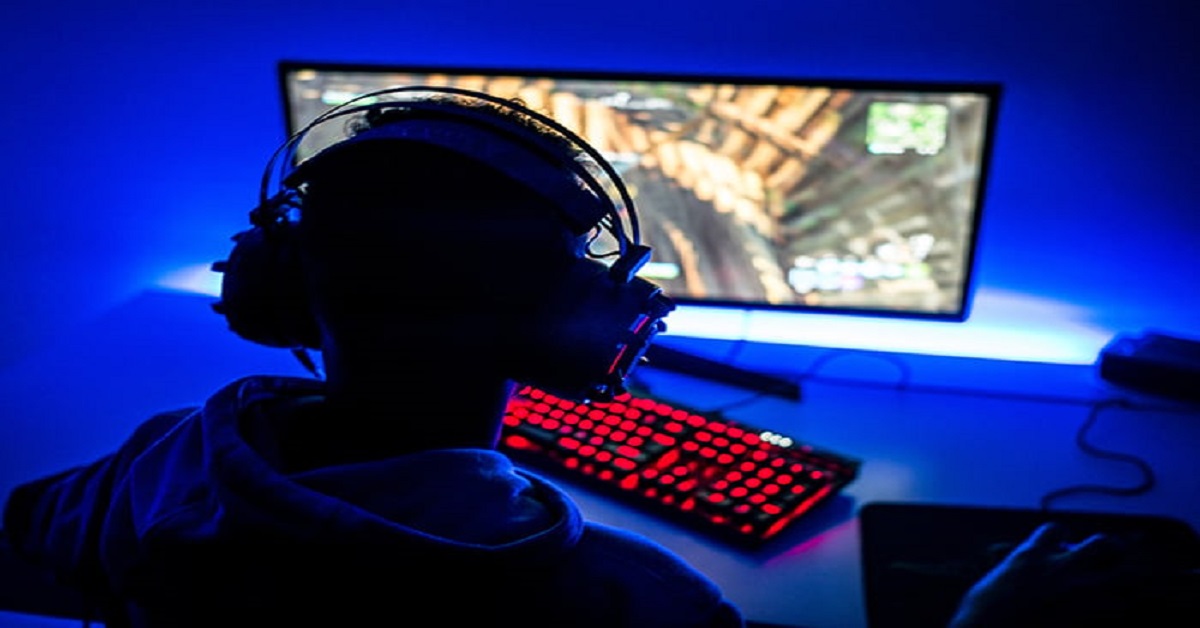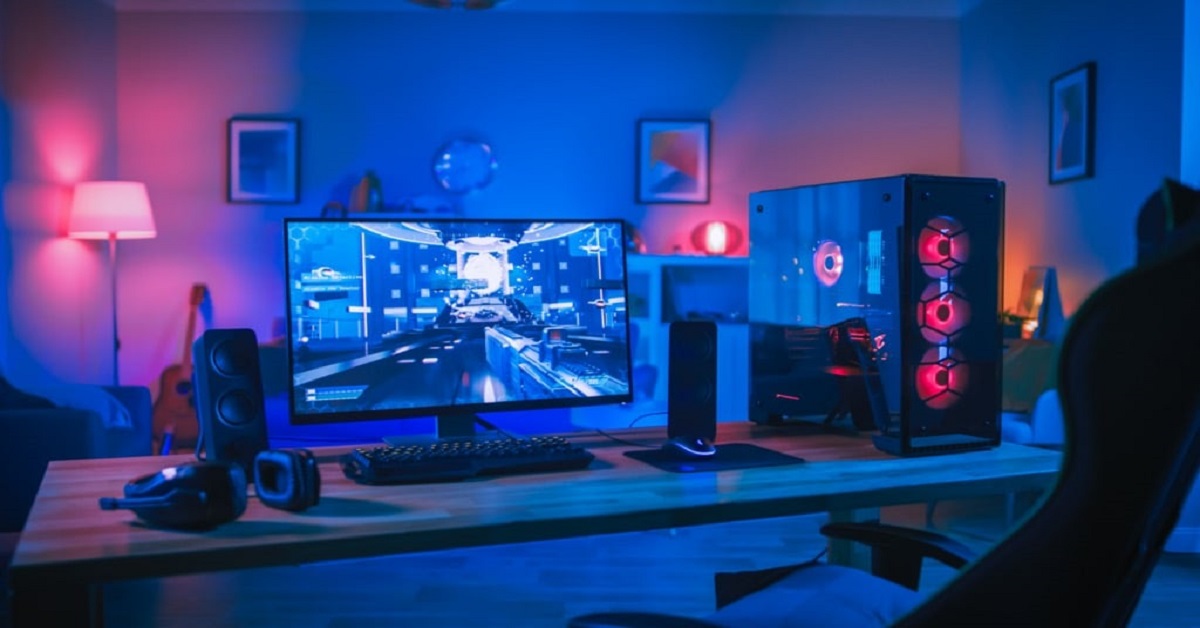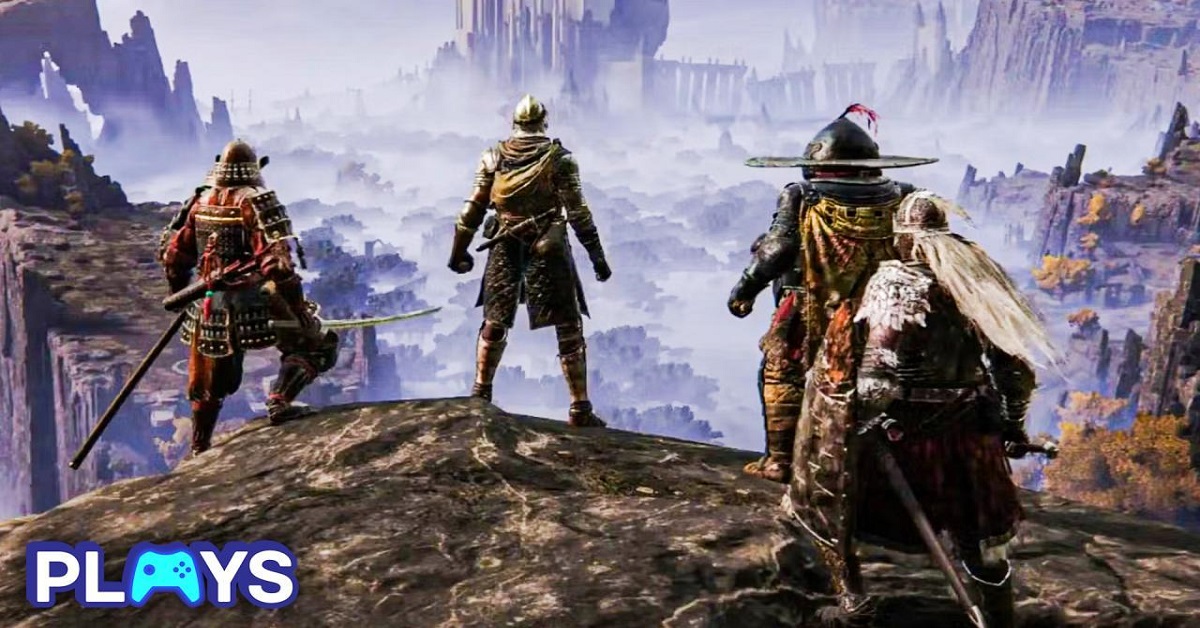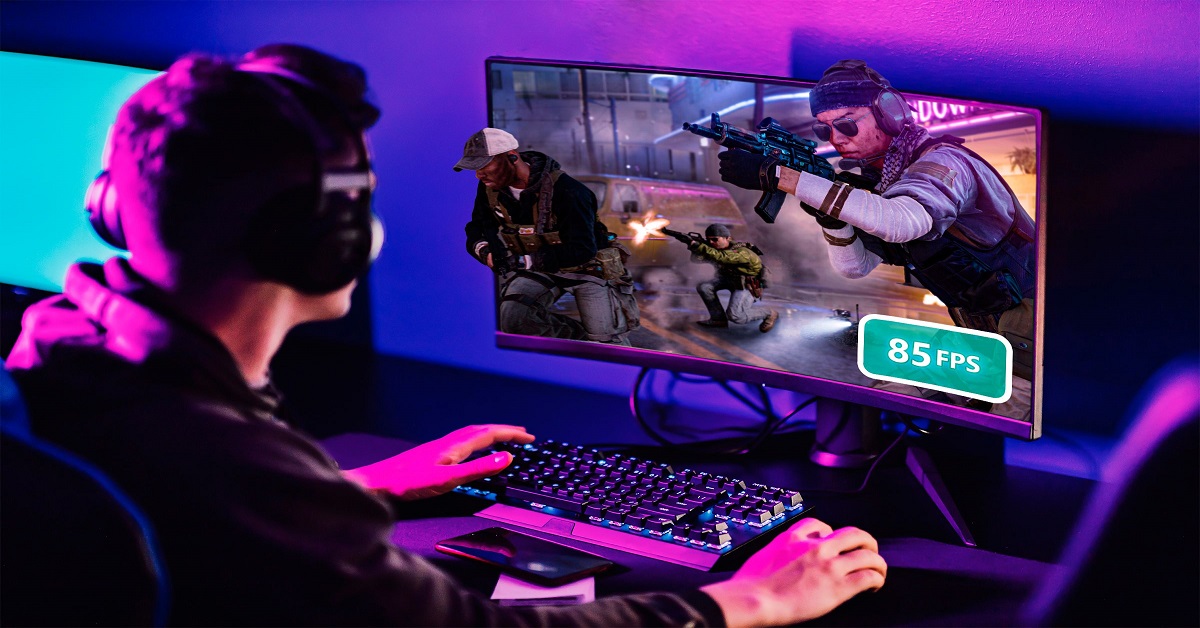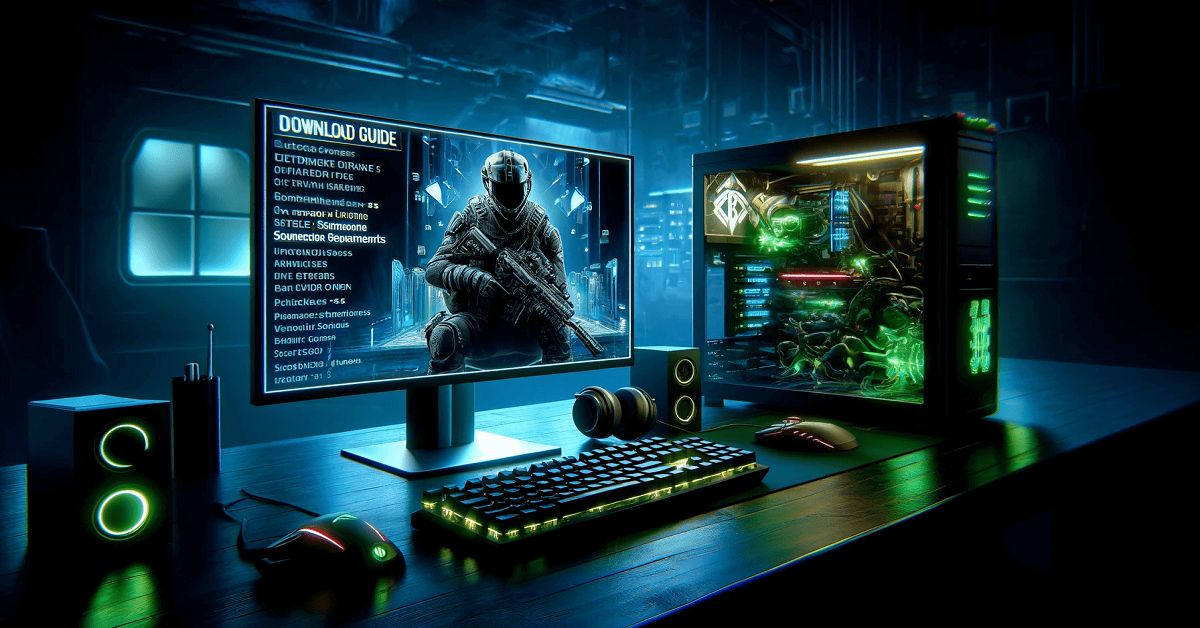If you’re playing games on a practical Windows 10 PC with average specs, you’ve probably run into lag, low FPS, or jerkiness right in the middle of an important match.
Increasing your hardware can be a next step for some games, but the best part – it’s small tweaks and changes that can help.
We can help you to improve your gaming performance with driver updates by updating GPU drivers for gaming and using Windows 10 Game Mode. Let’s get started!
Impact of Outdated Drivers on Gaming
When you play on old GPU drivers, you risk much more than just missing out on minor improvements.
Here are the major problems outdated drivers can cause:
- FPS Drops: Gaming performance without updated drivers often leads to sudden frame rate drops even on powerful machines.
- Crashes and Freezes: Newer games demand optimized drivers. Without them, your game may crash unexpectedly, freeze during important moments, or even fail to start.
- Visual Glitches: Outdated drivers can cause missing textures, strange colors, flickering, or corrupted graphics.
- Higher System Load: Old drivers may not manage GPU resources efficiently, making your system work harder than necessary. This can cause overheating or slowdowns.
Simply put, the impact of outdated drivers on gaming is not just “slightly worse” performance—it can sometimes make a game unplayable altogether.
Gaming Performance Without Updated Drivers
Many gamers underestimate how badly gaming performance without updated drivers can suffer.
Let’s imagine two players running the same game:
- Player A updated their GPU drivers before launching the game.
- Player B didn’t bother.
Player A experiences smoother frame rates, faster load times, and crisp visuals.
Player B struggles with stuttering, lagging cutscenes, and random crashes.
Most game developers release patches and updates that require your drivers to be compatible. Ignoring updates causes mismatches between the game’s engine and your graphics card, leading to performance issues.
In many cases, gaming performance without updated drivers feels outdated even if your hardware is perfectly capable of handling the game.
Why Update Drivers for Gaming?
You might wonder: why update drivers for gaming if your games seem to run fine?
Here’s why:
- Optimized Performance: Driver updates are specially tuned for new game releases. This guarantee’s you will the best graphics quality and highest FPS possible.
- Bug Fixes: Updates correct known bugs like crashes, artifacting, as well as memory leaks.
- Security Improvements: Older drivers sometimes have vulnerabilities. Updates patch these risks.
- New Features: Updated drivers sometimes unlock support for ray tracing, DLSS, or other advanced technologies you otherwise wouldn’t get.
So, the real reason why update drivers for gaming is that you ensure your PC is ready for everything new games throw at it.
Risks of Playing Games with Old Drivers
There are some serious risks of playing games with old drivers that most gamers overlook:
- Game Incompatibility: Some newer games may simply refuse to run unless you have updated drivers.
- Data Loss: System crashes can lead to lost save files or corrupted game data.
- System Instability: Old drivers can cause Blue Screen of Death (BSOD) errors if they conflict with new software.
- Bad multiplayer experience: In the realm of online gaming, lagging performance caused by outdated drivers could lead to being kicked from a competitive match or risk being banned for having a non-stable connection.
In short, you have to consider the potential risks of playing games with outdated drivers including the occasional quirky glitch to serious system issues that can ruin your gaming experience.
How to Update Graphics Card Drivers
Updating your drivers isn’t complicated and only takes a few minutes:
- Identify Your GPU:
Press Windows + R, type dxdiag, and check the Display tab.
- Update Through Device Manager (Easy Option):
Right-click on the Start Menu > Device Manager > Display Adapters > right-click on your GPU > Update Driver. - Manually Download from the Manufacturer’s Website (Best Option):
- For NVIDIA: Visit NVIDIA Drivers
- For AMD: Visit AMD Drivers
- For Intel Graphics: Visit Intel Drivers
- For NVIDIA: Visit NVIDIA Drivers
- Use GPU Software Tools:
You have applications like NVIDIA GeForce Experience and AMD Adrenalin to automatically notify you of new driver availability. - Updating gets you fixes, performance enhancements, and keeps you safe.
Final Thoughts
Everyone wants to avoid the inconvenience of restarting their PC, and think skipping a driver update doesn’t seem harmful – but skipping a driver update becomes a domino effect by skipping a multitude of potential fixes, instability, performance issues, and even game-breaking bugs.
Always remember:
- The impact of outdated drivers on gaming is real and noticeable.
- Gaming performance without updated drivers suffers badly, even if you don’t notice it immediately.
- Understanding why update drivers for gaming helps you stay ahead of performance problems.
- Ignoring updates carries real risks of playing games with old drivers that can affect your hardware and software.



